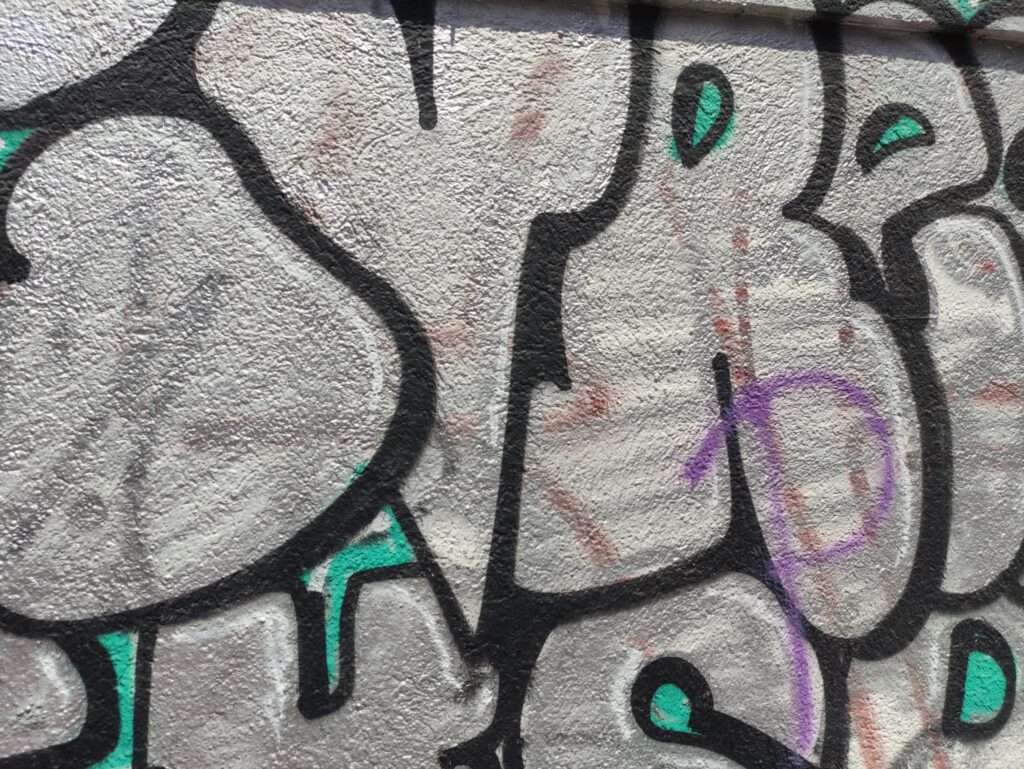Silver on the Wall: The Art and Impact of Silver Graffiti
Silver graffiti is a visually striking and distinctive form of street art that utilizes metallic hues to create bold and captivating designs. This article delves into the world of silver graffiti, exploring its techniques, cultural significance, and its impact on the urban art scene.
The Appeal of Silver Graffiti
Silver graffiti stands out due to its use of metallic paint, which adds a reflective and luminous quality to the artwork. This form of graffiti can range from simple tags to elaborate murals, but the common element is the use of silver tones to achieve a distinctive aesthetic.
- Visual Impact: The reflective nature of silver paint creates a dynamic visual effect, particularly when exposed to sunlight or artificial light. This can make silver graffiti highly noticeable and eye-catching, enhancing its presence on urban surfaces.
- Contrast and Depth: Silver graffiti often contrasts sharply with its surroundings, making it stand out against the often gritty and colorful backdrop of city walls. The metallic sheen adds depth and dimension to the artwork, creating a sense of texture and movement.
Techniques for Creating Silver Graffiti
Creating effective silver graffiti involves several techniques and considerations to maximize the impact of the metallic paint.
- Spray Paint: The most common method for applying silver graffiti is using spray paint. High-quality metallic spray paints are essential for achieving the desired reflective finish. Artists may use multiple layers to enhance the intensity of the silver and ensure even coverage.
- Stencil Art: Stencils can be used to create precise and intricate designs with silver paint. This technique allows for clean lines and detailed patterns, making it ideal for complex graffiti pieces that require sharp edges and consistent application.
- Freehand Techniques: For a more organic look, artists may use freehand techniques to apply silver paint. This method allows for greater flexibility and spontaneity, resulting in unique and personalized designs that showcase the artist’s individual style.
- Combination with Other Colors: Silver graffiti is often combined with other colors to create contrast and highlight different elements of the artwork. The metallic sheen of silver can enhance and complement other hues, adding visual interest and complexity to the piece.
Cultural Significance and Impact
Silver graffiti, like other forms of street art, plays a significant role in urban culture and public spaces.
- Artistic Expression: Silver graffiti provides a platform for artists to explore and showcase their creativity. The use of metallic paint allows for experimentation with light and reflection, offering new ways to engage with viewers and express artistic vision.
- Urban Aesthetics: Silver graffiti contributes to the aesthetics of urban environments, transforming dull or neglected surfaces into vibrant canvases. The reflective quality of silver paint can make even simple graffiti pieces stand out and enhance the visual appeal of cityscapes.
- Public Perception: The perception of silver graffiti can vary. While some view it as a dynamic and innovative form of street art, others may see it as a form of vandalism. The use of metallic paint can draw additional attention and may be subject to scrutiny or debate within communities.
Challenges and Considerations
Creating and maintaining silver graffiti presents several challenges.
- Durability: Metallic paint can be prone to weathering and fading over time, especially in outdoor environments. Artists must consider the longevity of their work and may need to touch up or reapply paint to maintain the visual impact.
- Legal Issues: Unauthorized graffiti, including silver graffiti, can be considered illegal vandalism. Artists may face legal consequences if their work is deemed to be defacing property. Working with permission or participating in legal street art projects can help mitigate these issues.
- Maintenance: Silver graffiti can be more susceptible to damage from environmental factors or cleaning efforts. Property owners and communities may need to balance the preservation of graffiti with maintaining the cleanliness and appearance of urban spaces.
Conclusion: Embracing Metallic Creativity
Silver graffiti represents a bold and distinctive approach to urban art, utilizing the reflective qualities of metallic paint to create eye-catching designs. By exploring various techniques and considering the cultural impact of silver graffiti, artists and viewers alike can appreciate the unique contribution this form of street art makes to the urban landscape. Whether through intricate stencils or spontaneous freehand creations, silver graffiti continues to captivate and inspire, adding a touch of metallic brilliance to city walls around the world.
4o mini
